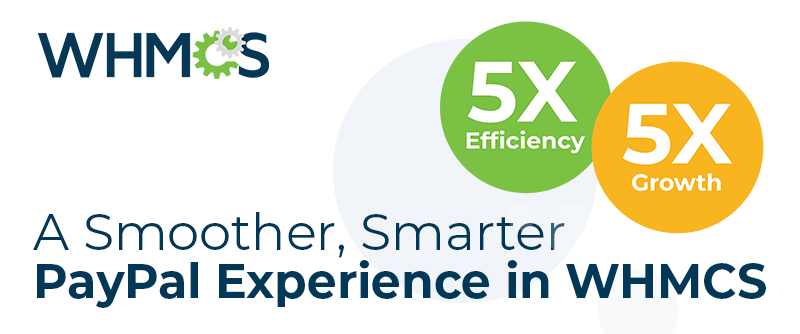
In WHMCS 7.10 we've introduced more detailed logging of the automated actions that are carried out by WHMCS, allowing you to delve deeper into the actions that WHMCS is performing on your behalf.
This feature received over 80 votes on our feature requests site.
Back in WHMCS 7.1, we simplified the output of the daily cron report email to provide a summary that was easier to digest more quickly. It was designed to save you time, make it easier to identify things that are requiring attention, enable us to provide charts and metrics around cron activity, and to improve information security.
But we heard from some users that they missed not being able to see who payments had failed to capture successfully, who invoice reminders had been sent to or why suspensions had failed to complete successfully.
 In WHMCS 7.10, we've increased the logging that we perform for cron actions, and you can now access this additional level of detail via the Automation Status page by clicking on any of the individual Cron Tasks.
In WHMCS 7.10, we've increased the logging that we perform for cron actions, and you can now access this additional level of detail via the Automation Status page by clicking on any of the individual Cron Tasks. Each Cron Task displayed on the Automation Status page, for cron runs performed after the upgrade to 7.10, will be clickable.
Upon clicking the task, additional information about what occurred during that Cron Task will be displayed.
The additional detail and information you will see is context specific, so for tasks relating to invoices you will see invoice details, and for tasks relating to services you'll see product and service information, etc...
 In tasks where the outcome of the task has multiple possible results, such as for cancellation requests as shown above, the additional detail will be broken up into tabs, grouping the different possible outcomes of the function for easier interpretation and readability.
In tasks where the outcome of the task has multiple possible results, such as for cancellation requests as shown above, the additional detail will be broken up into tabs, grouping the different possible outcomes of the function for easier interpretation and readability. In cases where the failure conditions are the result of API communication with 3rd party APIs and systems, any error messages that get returned will also be recorded and displayed as part of the output. Contextual links will also allow you to quickly jump to invoices or the module queue to retry the failed action.
The additional logging is retained by WHMCS, allowing you to scroll back through historic dates using the handy calendar, and enabling you to easily see what events occurred on any given day.
The cron report email remains the same as before, but each email now contains a button that will allow you to jump immediately to the Automation Status for that particular days cron tasks, and get the additional detail in just a matter of clicks, securely through the WHMCS admin user interface.
New data points include:
- Invoices that have been generated
- Invoices late fees have been added to
- Invoices attempted for capture
- Invoices that have been sent late and overdue notices
- Automated Cancellation requests that are processed
- Suspensions that are performed due to late payment
- Terminations that are performed on delinquent accounts or those with fixed terms
- Domain renewal notices that are sent out
- Support Tickets that are closed due to inactivity
- Client statuses that are auto-changed due to active services
WHMCS 7.10 is available in Release Candidate status right now, so we invite you to download and try it out today. You can learn more about the new features and how to get involved at https://beta.whmcs.com/
Thanks for reading!


